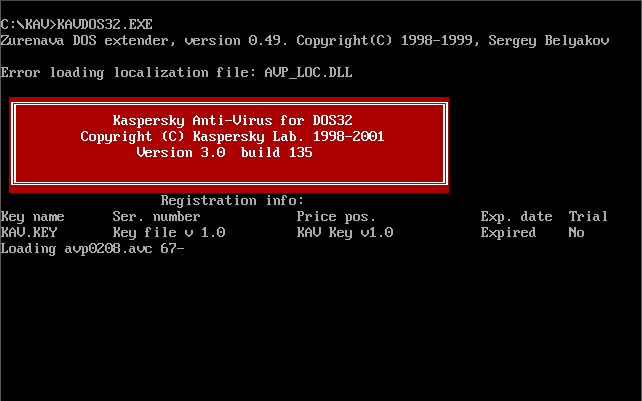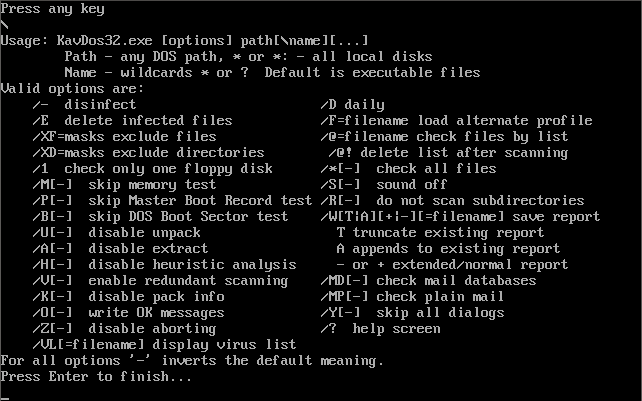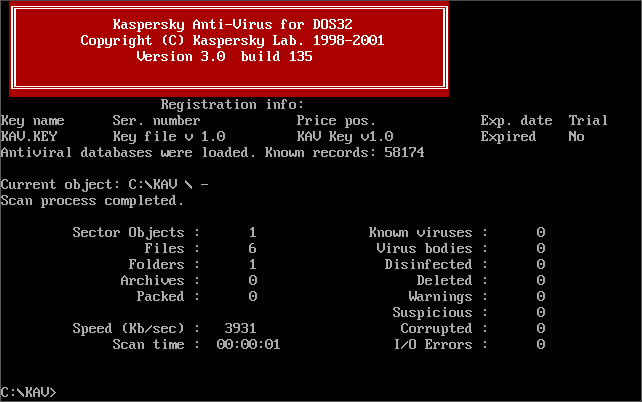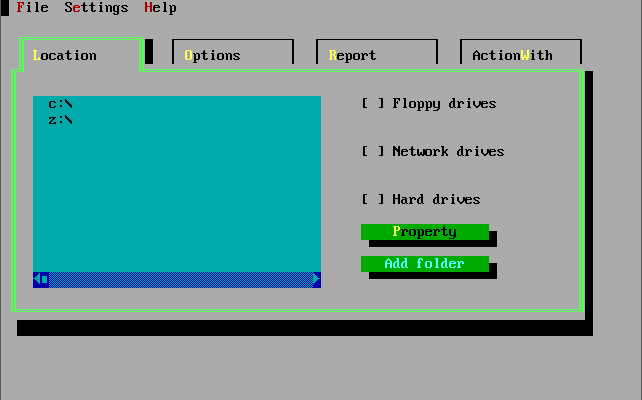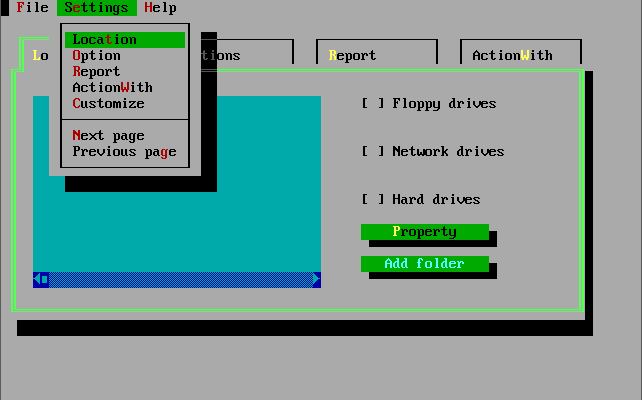Kaspersky Lab
Kaspersky Lab, based in Moscow, Russia, was founded in 1997. They were most well known for the anti-virus software in the late DOS era, but still exist today with products across the cybersecurity framework.
The first version of AVP, as it was called then, was written in 1989 by Eugene Kaspersky. He continued to develop his anti-viral program beyond the original Cascade virus killer to incorporate 40+ virus detections and removers. In 1994 the product won 1st place in a University software assessment.
In 1997, Eugene formed the company that exists today along with his wife, Natalya Kaspersky, and Alexey De-Monderik, and continued to develop the AVP product. It was renamed Kaspersky Anti-Virus after an American company registered the AVP trademark in the US.
Kaspersky Anti-Virus for DOS32
The virus definition files used by Kaspersky Anti-Virus for DOS are those with a .AVC file extension. There are typically many of these files in a virus definition set, including:
|
|
The main KAVDOS32 executable looks for the AVP.SET file (AVP = AntiViral Toolkit Pro, the original name of the product), which contains a list of all the files that make up the virus definition set. If AVP.SET is not found, the program will not run. If it is found, it then checks all the files in the set before starting the scan.
Registered versions of Kaspersky Anti-Virus have a file called KAV.KEY, which is the key file that provides the program with the registration details.
In 2001, version 3.0 build 135 was released.
A windowed interface called KAVTUN32 is provided for easier configuration of the product, which config options stored in a file called TMP.PRF. This user interface does not provide a means to actually run the scanner by itself, but if run from the KAVST32.BAT batch file, this provides a 'Start Scanner' button at the bottom of the screen. It is however, buggy, in that it attempts to run "KABDOS32", not "KAVDOS32". Changing the batch file makes this work just fine.
To download any of these versions or just the separate virus definition sets, please visit the Anti-Virus Utilities page.
